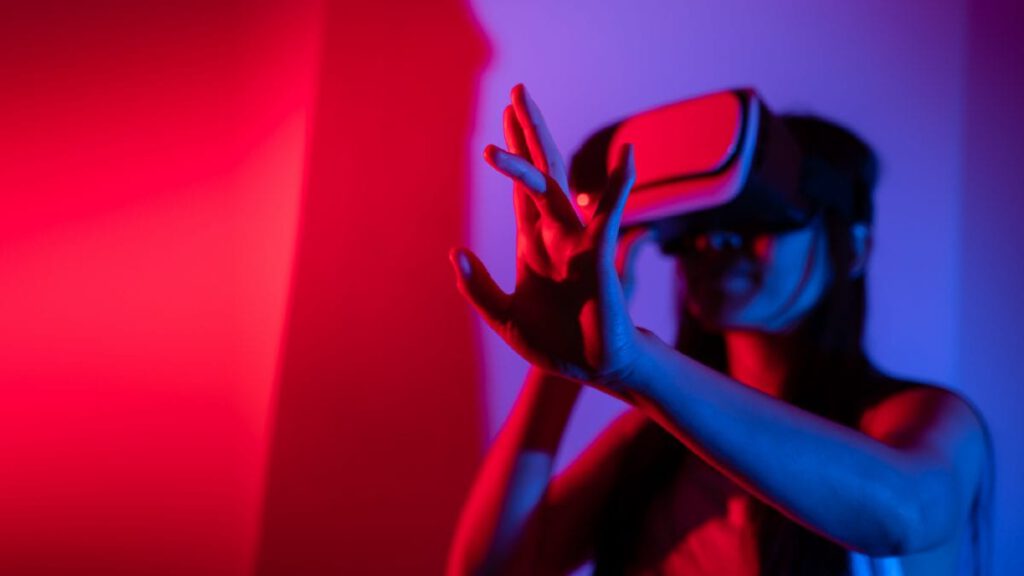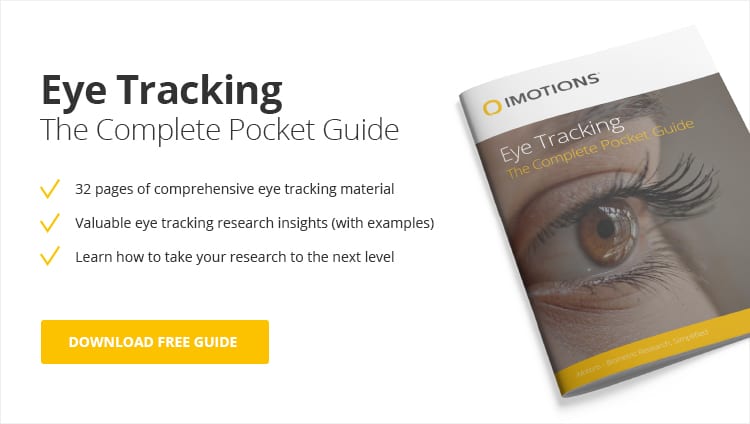Discover the top eye tracking hardware companies ranked by the number of academic publications. Explore leading brands in eye tracking research, usability testing, and market insights.
Table of Contents
- Introduction: The Growing Influence of Eye Tracking
- Deep Dive: Leading Eye Tracking Companies
- 1. EyeLink (SR Research) – 14.7K Publications
- 2. SMI (SensoMotoric Instruments) – 5.8K Publications
- 3. Smart Eye – 3.3K Publications
- 4. LC Technologies – 2.4K Publications
- 5. Varjo – 1.2k Publications
- 6. Gazepoint – 928 Publications
- 7. The Eye Tribe – 887 Publications
- 8. Pupil Labs – 2.9k Publications
- 9. Mirametrix – 497 Publications
- 10. Ergoneers – 497 Publications
- 11. EyeTech Digital Systems – 255 Publications
- 12. Argus Science – 161 Publications
- Final Thoughts:
Introduction: The Growing Influence of Eye Tracking
In recent years, eye tracking technology has become a game-changer across multiple industries, including psychology research, market research, usability testing, and human-computer interaction. As the demand for accurate visual attention mapping increases, eye tracking hardware and software solutions have evolved, offering precision and accessibility like never before.
This article ranks the top eye tracking companies based on their presence in Google Scholar-using the number of research publications as a metric for academic impact. While this ranking isn’t definitive, it provides an insightful snapshot of the most influential eye tracking brands in research and development.
Let’s dive into the top eye tracking companies that are shaping the future of visual attention technology. Let us know if you have any other favorites or want to know more about eye tracking prices!

Deep Dive: Leading Eye Tracking Companies
1. EyeLink (SR Research) – 14.7K Publications
Why It Stands Out:
- One of the most widely cited eye tracking solutions in academia.
- Offers portable and head-mounted systems with high precision.
- Used in cognitive psychology, neuroscience, and vision science research.
2. SMI (SensoMotoric Instruments) – 5.8K Publications
Why It Stands Out:
- Acquired by Apple in 2017, integrating eye tracking into AR/VR development.
- Developed wearable eye tracking glasses and VR-based eye tracking solutions.
- Had a strong presence in academic and commercial research before acquisition.
Looking for alternatives to SMI Eye Trackers? Check this out: Best Alternatives to SMI Eye Trackers
3. Smart Eye – 3.3K Publications
Why It Stands Out:
- Specializes in automotive eye tracking and driver monitoring systems.
- Used in flight simulation, human factors research, and transport safety studies.
- Advanced AI-powered gaze tracking for semi-autonomous vehicles.
4. LC Technologies – 2.4K Publications
Why It Stands Out:
- Pioneers of binocular and monocular eye tracking.
- Known for the Eyegaze system, used for assistive technology and research.
5. Varjo – 1.2k Publications
Why It Stands Out:
- Unparalleled XR Eye Tracking – Varjo seamlessly integrates eye tracking into high-resolution VR/XR headsets, enabling advanced research, training, and simulation across industries.
- Foveated Rendering for Optimal Performance – By tracking gaze position, Varjo optimizes computational resources, rendering only the area in focus at full resolution while reducing GPU strain.
- Trusted by Industry Leaders – Used by NASA, Boeing, and major automotive and medical organizations for precision training, ergonomic studies, and cognitive research.
6. Gazepoint – 928 Publications
Why It Stands Out:
- Offers affordable eye tracking devices for UX/UI testing.
- Strong presence in usability research and website interaction studies.
7. The Eye Tribe – 887 Publications
Why It Stands Out:
- Known for developing cost-effective consumer eye tracking solutions.
- Acquired by Oculus (Facebook/Meta) to enhance VR eye tracking.
8. Pupil Labs – 2.9k Publications
Why It Stands Out:
- Berlin-based startup offering Modular, adaptive and price-friendly eye tracking Glasses.
- Designed for developers, researchers, and interaction designers.
9. Mirametrix – 497 Publications
Why It Stands Out:
- Initially developed small USB eye trackers, later pivoted to AI-based UX tracking.
- Focuses on attention-aware computing for digital experiences.
10. Ergoneers – 497 Publications
Why It Stands Out:
- Develops portable eye trackers for real-world applications.
- Specializes in automotive studies and driver safety research.
11. EyeTech Digital Systems – 255 Publications
Why It Stands Out:
- First company to engineer a USB-connected eye tracker.
- Offers eye tracking for accessibility and assistive technology.
12. Argus Science – 161 Publications
Why It Stands Out:
- Develops next-gen eye tracking glasses for sports performance and academic research.
- Focuses on customizable hardware solutions.
Final Thoughts:
Eye tracking technology is advancing at an unprecedented pace, with companies integrating AI, VR, and real-time analytics into their systems. While some brands dominate academic research, others focus on commercial applications, making eye tracking more accessible than ever.












